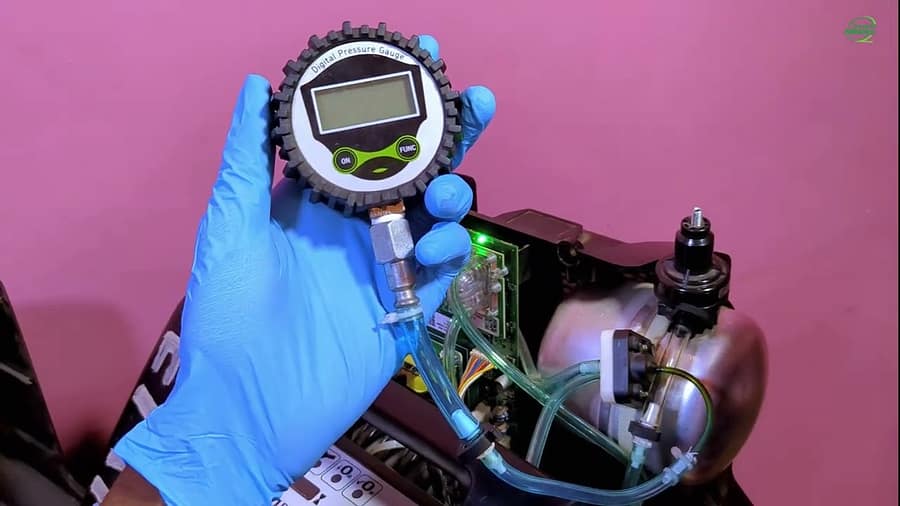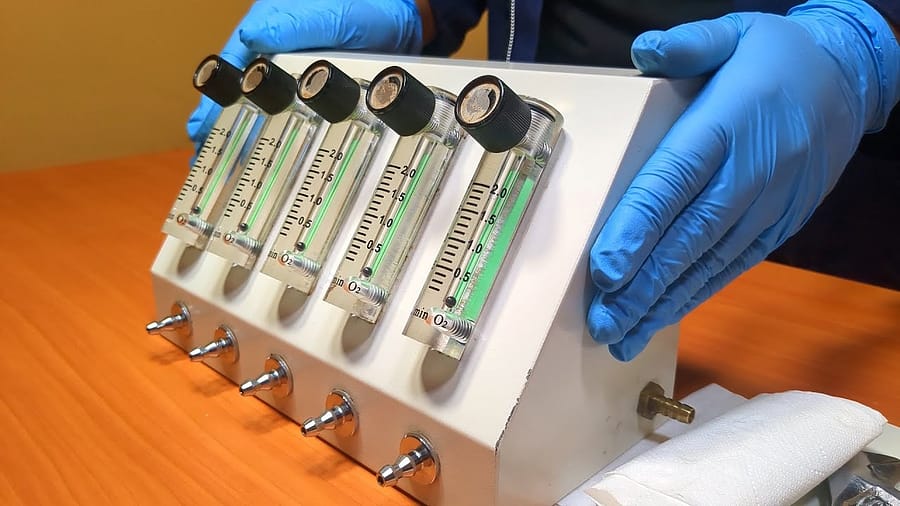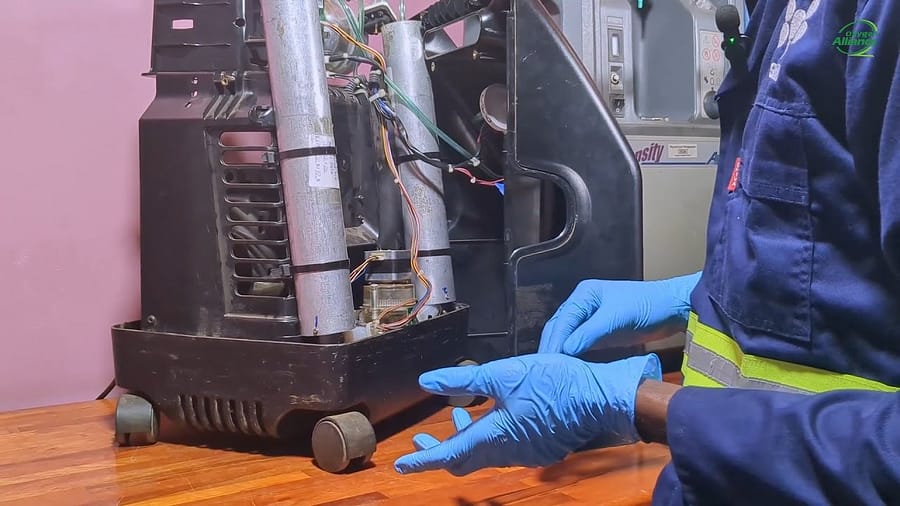Magnetic Resonance Imaging (MRI) is a marvel of modern medicine, providing a non-invasive way to peer inside the human body. Unlike X-rays, which use ionizing radiation, MRI uses powerful magnets and radio waves to create detailed images of organs, tissues, and even subtle abnormalities. This makes it a safe and versatile tool for a wide range of medical applications.
Decoding the Magic: How MRI Works
MRI may seem like magic, but the science behind it is fascinating. It works by aligning the natural magnetic properties of water molecules in your body. By pulsing radio waves through the area being examined, these molecules emit signals that are used to create cross-sectional images, like slices of a loaf of bread. This allows doctors to see inside your body without making any incisions.
Planning for MRI Success: A Guide for Healthcare Facilities
Bringing MRI technology into your healthcare facility requires careful planning. Here’s a roadmap to help you navigate the process:
- Needs Assessment: Start by defining your clinical needs. What types of examinations will you be conducting? What is the anticipated patient volume? This will help you choose the right MRI system, whether it’s a high-field system for specialized neuroimaging or a more compact system for general diagnostic purposes.
- Site Planning and Preparation: MRI machines are sensitive to their surroundings. Room size, magnetic shielding, vibration control, and easy access for patients and staff are all critical factors. Proper site planning ensures optimal performance and patient safety.
- Technical Specifications: Understanding the technical aspects of MRI is crucial for making informed decisions. Factors like magnetic field strength, gradient performance, and coil technology all affect image quality and diagnostic capabilities.
- Financial Planning: Acquiring an MRI machine is a significant investment. Consider the initial purchase price, ongoing maintenance costs, cryogen refills (for superconducting magnets), potential upgrades, and staff training. A comprehensive financial plan ensures the long-term sustainability of your MRI service.
- Workflow Optimization: Efficient patient flow is essential for maximizing the use of your MRI system. Streamline scheduling, patient preparation, image acquisition, and reporting processes.
MRI Hardware and Software: A Closer Look
An MRI system consists of several key components:
- Magnet: This is the heart of the MRI system, generating the powerful magnetic field. Different magnet technologies (permanent, resistive, superconducting) offer varying strengths and operational characteristics.
- Radiofrequency (RF) Coils: These specialized antennas transmit and receive radio waves, which are used to excite and detect signals from the body. Different coil designs cater to specific anatomical regions.
- Gradient System: This component generates rapidly changing magnetic fields, enabling spatial encoding of the MRI signal. Stronger gradients mean faster scan times and better image resolution.
- Computer System: The MRI console houses powerful computers that control the system, process the data, and generate the images. Advanced software packages offer sophisticated image reconstruction and analysis tools.
Maintenance Matters: Keeping Your MRI Running Smoothly
MRI systems are complex and require regular maintenance:
- Cryogen Management: Superconducting magnets need cryogens (liquid helium and nitrogen) to maintain their superconductivity. Monitor cryogen levels and stick to refill schedules.
- Quality Assurance: Regular quality assurance checks ensure the MRI system is operating correctly and producing high-quality images. This includes testing image uniformity, geometric accuracy, and signal-to-noise ratio.
- Preventive Maintenance: Scheduled preventive maintenance by qualified engineers helps identify and address potential issues before they become major problems.
Safety First: Protecting Patients and Staff
Safety in the MRI environment is paramount:
- Screening for Contraindications: MRI’s strong magnetic fields can be dangerous for patients with certain implants or metallic objects in their bodies. Thorough screening is crucial.
- MRI Safety Zones: Controlling access to the MRI environment is essential. Different zones are designated based on magnetic field strength, with specific safety protocols for each zone.
- Quench Procedures: In rare cases, a superconducting magnet may “quench,” rapidly losing its superconductivity. Staff must be trained in quench procedures to ensure everyone’s safety.
Want to learn more? Watch the full webinar








